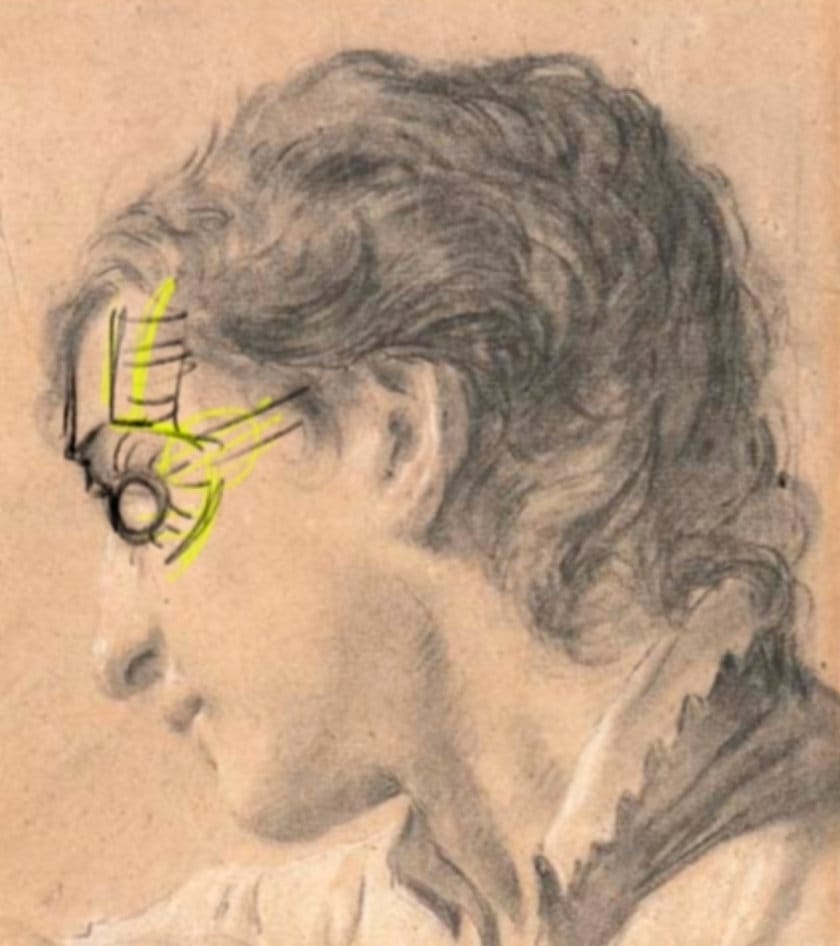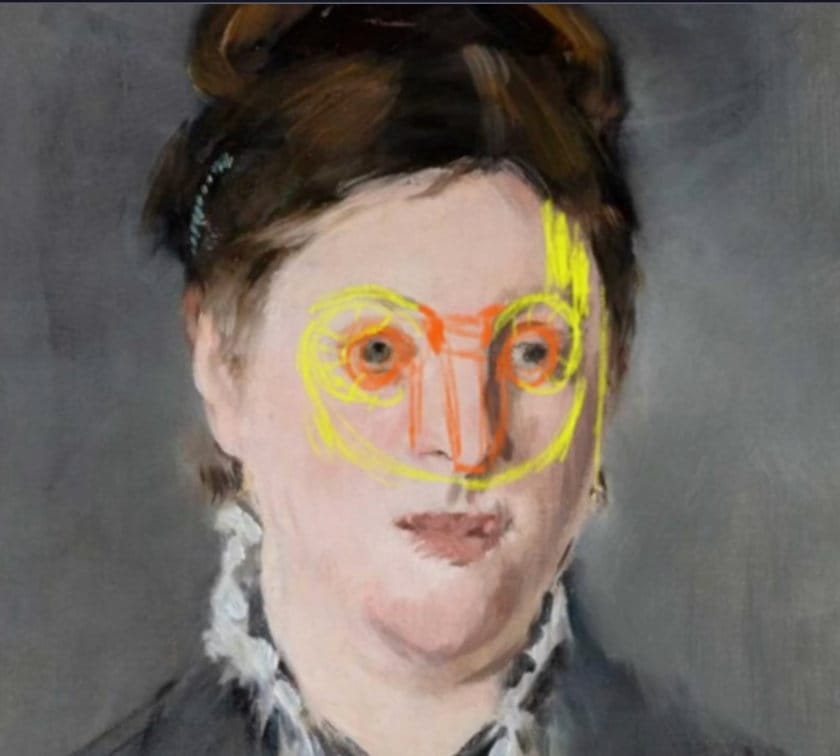Master’s Eye Study – Piazetta & Manet Analysis
Explore how Piazetta and Manet built eye structure and form. Learn the “protective staging” and subtle planes that make portraits believable.

In this lesson, I’m breaking down two different master studies — one from Piazetta and one from Manet — to show how both artists used staging, perspective, and form to anchor the eyes solidly within the head.
This lesson is part of the Head Drawing Course.
The Piazetta Study – Understanding Eye Staging
Let’s start with Piazetta’s beautiful profile drawing. The first thing you’ll notice is his clear staging of planes — the forehead slopes down into the ridge of the brow, then recedes back toward the eyelid and eyeball.
That step-by-step structure — forehead, brow, eyelid, eyeball — is what I call protective staging. Each layer builds depth before we even reach the eye itself. It’s a “donut” structure that wraps protectively around the ball of the eye, giving it both space and solidity inside the skull.
Piazetta captures this beautifully through overlapping forms: the brow pushes forward, the eyelid turns under, and the eyeball sits tucked safely inside its socket.

Planes and the Zygomatic Arch
From there, Piazetta connects the eye socket structure into the cheekbone, or zygomatic arch, which flows down toward the nose and out toward the ear.
Even in a softly lit study, you can feel that three-dimensional step of planes:
- Forehead (front plane)
- Brow ridge (angled plane)
- Eye socket (receding plane)
- Cheek and zygomatic (turning plane)
That “stair-step” rhythm of light and shadow makes the form believable and gives you a reliable map for placing eyes at any angle.

Eye Form and Iris Placement
Even though we’re looking at a side view, the eyeball remains perfectly round. The iris and pupil follow the turn of the sphere — showing just a sliver of the form in perspective.
Piazetta’s sense of construction reminds us that no matter how the head turns, the eyeball remains spherical, and the eyelids simply wrap around it.
The Manet Study – Simplicity and Form through Light
Manet’s approach couldn’t be more different, but it teaches the same lesson: structure under simplicity. Even with loose brushwork and minimal detail, you can still trace the same donut structure around the eyes.
Notice how the root of the nose connects naturally into the brow ridge, creating that subtle keystone shape between the eyes. The planes step back from the bridge, through the socket, then down the cheek.
Even with the painterly surface, the underlying architecture is solid — that’s why his eyes feel believable, even when edges dissolve into shadow.
Lost and Found Edges
Manet’s “lost and found” technique — letting edges fade where light hits and reappear in shadow — reinforces the sense of roundness. You can see it especially in how the eyelids transition into shadow without closing the form entirely.
This subtle play of edges gives life to the form. It’s not about outlining the eye but about suggesting how light wraps over its surface.
Big Takeaways
- Stage the eye with overlapping planes: forehead → brow → lid → eyeball.
- Connect the eye socket into the zygomatic arch for believable form.
- Keep the eyeball round and consistent in all head angles.
- Use value and edge control to express structure without outlines.
Course Navigation
Previous Lesson: Master’s Eye Analysis Part 2
Next Lesson: Eye Drawing Assignment
Learn to Draw the Head Hub for all lessons and modules
Continue Learning
If you enjoyed this hand drawing course, explore even more lessons on our Free Drawing Tutorials & Courses Hub — including the complete How to Draw – Beginner’s Course.
Want new tutorials delivered to your inbox? Subscribe here and get free lessons, tips, and inspiration sent directly to you.




